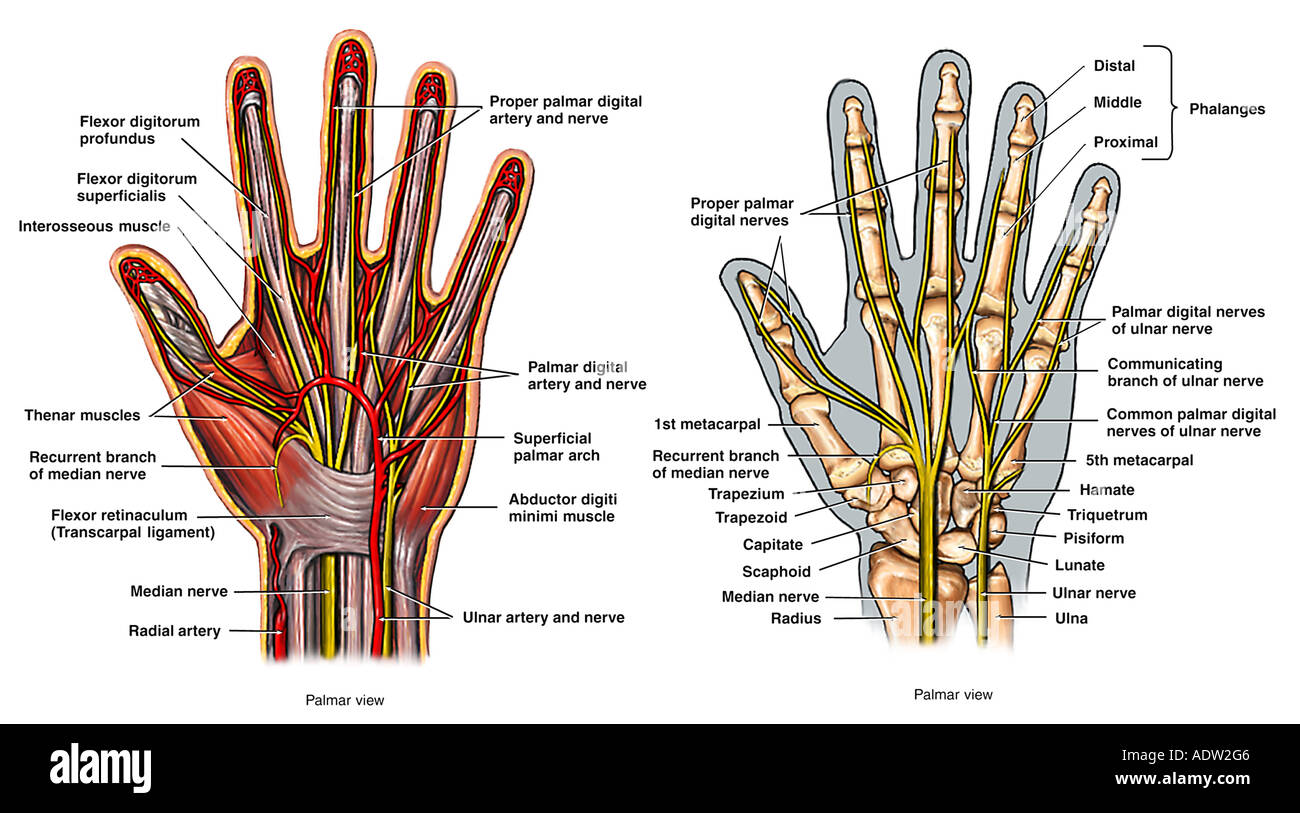Handheld pruning saws are essential tools for gardeners, landscapers, and tree care professionals. These versatile saws allow for efficient cutting of branches and woody plants, making it easier to maintain the health and aesthetics of gardens and landscapes. In this article, we will explore various tips and techniques for optimal use of handheld pruning saws, helping you become more effective and efficient in your pruning tasks.
Understanding Handheld Pruning Saws

Before diving into techniques, it’s crucial to understand the different types of handheld pruning saws available on the market. Each type has its unique features that cater to specific pruning needs.
- Curved Blade Saws: These saws have a curved blade that helps in making swift cuts. They are excellent for cutting through thick branches and are favored by many arborists.
- Straight Blade Saws: Ideal for making clean and precise cuts, straight blade saws are perfect for pruning smaller branches and delicate plants.
- Folding Saws: Compact and portable, folding saws are convenient for on-the-go pruning tasks. They can be easily stored in a pocket or tool bag.
- Fixed Blade Saws: These saws are robust and designed for heavy-duty use. They are often used in professional landscaping and tree care.
Choosing the Right Pruning Saw

Selecting the appropriate pruning saw is critical for effective pruning. Consider the following factors when making your choice:
- Branch Size: For branches larger than one inch, a pruning saw is ideal. For smaller branches, bypass pruners or loppers may suffice.
- Type of Wood: The hardness of the wood can affect your choice. Softer woods like pine can be cut easily with a fine-toothed saw, while hardwoods may require a more aggressive tooth pattern.
- Comfort and Grip: Ensure the saw feels comfortable in your hand. Look for ergonomic designs that reduce strain during extended use.
Techniques for Optimal Use
Using a handheld pruning saw effectively requires not just the right tool but also the right techniques. Here are some essential tips to enhance your pruning experience:
1. Understand the Cutting Motion
Using a pruning saw is not simply about applying force; it’s about using the right cutting motion:
- Pull Cutting: Most pruning saws are designed to cut on the pull stroke. Focus on applying pressure as you pull the saw towards you, allowing the blade to do the work.
- Minimal Pressure: Avoid excessive downward pressure. Let the saw’s teeth cut through the wood naturally.
- Steady Pace: Maintain a consistent speed to ensure clean cuts and avoid damaging the plant.
2. Positioning the Saw

The way you position your saw can significantly affect your cutting efficiency:
- Angle: Hold the saw at an angle that allows for optimal cutting. Typically, a 45-degree angle is effective for most pruning tasks.
- Stance: Stand in a stable position to maintain balance and control while cutting. Ensure you have a clear view of the branch and your cutting path.
- Support the Branch: When cutting thicker branches, consider supporting the branch to prevent it from falling abruptly, which could lead to injury or damage.
3. Pruning Techniques
Different pruning techniques can be employed based on the purpose of your pruning:
- Thinning: Remove excess branches to allow light and air to penetrate the canopy. Cut back to a lateral branch or bud.
- Heading Back: Shorten the length of stems to promote bushier growth. Make cuts just above a bud facing outward.
- Cleaning: Remove dead, diseased, or damaged branches to maintain plant health. Cut back to healthy wood.
Maintaining Your Pruning Saw

Regular maintenance of your pruning saw is essential for longevity and performance. Follow these maintenance tips:
- Cleaning: After each use, wipe the blade with a clean cloth to remove sap and debris. This prevents rust and keeps the saw sharp.
- Sharpening: Regularly sharpen the blade using a file or sharpening stone. A sharp blade makes cleaner cuts and requires less effort.
- Storage: Store your saw in a dry place and consider using a blade guard to protect it from damage.
Safety Considerations

Safety should always be a priority when using any cutting tool. Here are some safety tips to keep in mind:
- Protective Gear: Wear gloves and safety goggles to protect your hands and eyes from debris.
- Awareness: Be aware of your surroundings. Ensure there are no obstacles or people in the vicinity while cutting.
- Proper Handling: Always cut away from your body and keep your hands clear of the cutting path.
Case Studies: Success Stories in Pruning
To illustrate the importance of proper pruning techniques and tools, let’s look at a couple of case studies:
1. Urban Park Revitalization

A city park in California faced issues with overgrown trees that were obstructing light and affecting the growth of surrounding plants. By employing professional arborists equipped with handheld pruning saws, they effectively thinned the trees, enhancing the park’s aesthetics and promoting healthier growth among other flora.
2. Residential Garden Makeover
A homeowner in New York utilized a handheld pruning saw to rejuvenate a neglected garden. By removing dead branches and thinning out overcrowded areas, the garden flourished, resulting in healthier plants and increased biodiversity.
Handheld pruning saws are indispensable tools for anyone looking to maintain and improve their garden or landscape. By understanding the different types of saws, selecting the right tool, employing proper techniques, maintaining the tool, and prioritizing safety, you can optimize your pruning tasks. Whether you’re a seasoned professional or a gardening enthusiast, these tips will enhance your effectiveness and ensure that your plants thrive. Remember, the right approach to pruning not only benefits the plants but also contributes to the overall beauty and health of your outdoor spaces.




